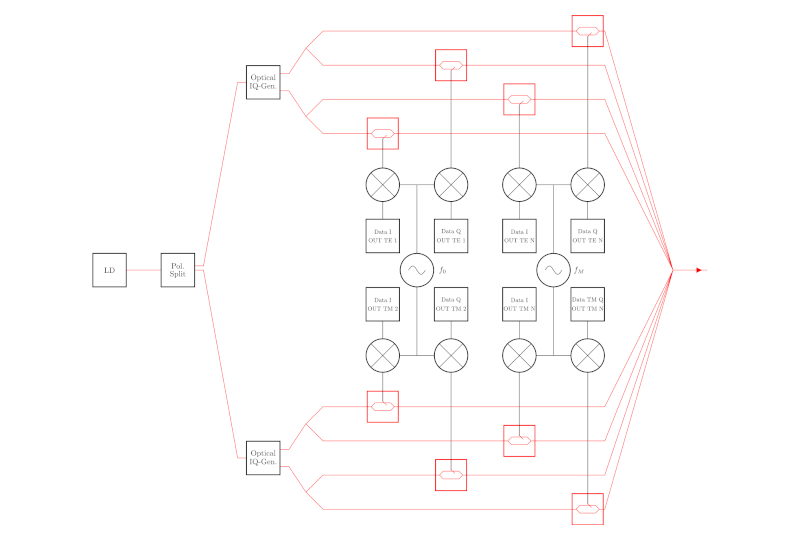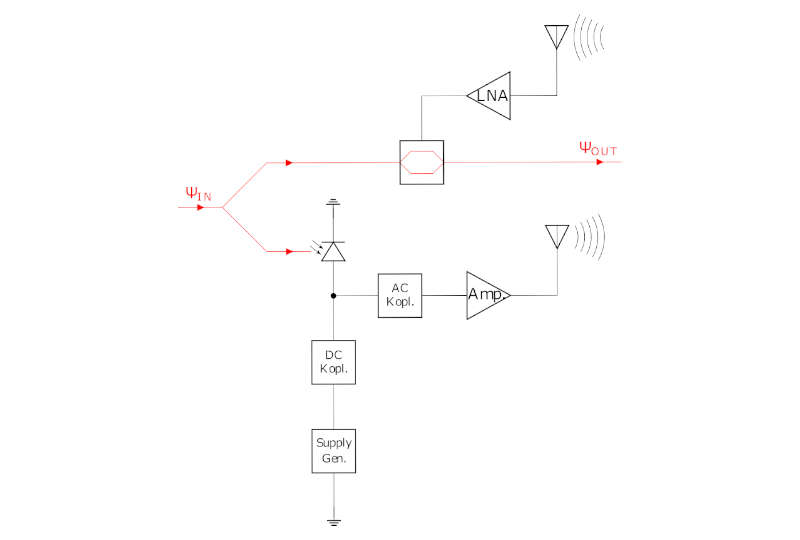Paderborn University inventions open up new perspectives
Paderborn University has once again demonstrated its expertise in the field of sensor and communication technology. Together with a team of inventors led by Prof Dr Johann Christoph Scheytt and Stephan Kruse, three pioneering intellectual property rights have been developed. These innovations fit seamlessly into the series of more than ten inventions by Paderborn University in the field of the automotive industry in recent years.
The three new inventions aim to solve existing challenges in vehicle sensor and communication technology and pave the way for advanced applications such as autonomous driving. With the support of PROvendis, the patent commercialisation agency of North Rhine-Westphalia's universities, Paderborn University has now sold all of its shares in the joint inventions to a company from the automotive industry.
The three technologies solve key challenges in today's vehicle technology, reduce costs and improve performance - particularly with regard to the efficiency, precision and reliability of sensor systems, communication solutions and radar measurements. At the same time, they pave the way for new applications in the field of autonomous driving. One of the inventions is a photonically supported sensor system that does not require an electrical supply voltage. This technology represents a decisive advance for sensor technology in vehicles, especially for applications where weight and space play a role. As an extension of the photonically supported sensor system, another technology aims to optimise the use of optical fibres. This is achieved, among other things, through better utilisation of the transmission capacity. The third innovation enables robust target detection and precise measurement at close range. Conventional radar systems reach their limits here due to interference signals and physical limitations. The new solution uses special circuit elements that minimise these influences and at the same time offer improved angular resolution. Applications such as parking aids, manoeuvring assistance and pre-crash systems particularly benefit from this technology.
With these pioneering technologies, Paderborn University is providing an important impetus for the further development of autonomous driving functions. These innovations not only offer technological advantages, but also open up new perspectives for the safe, efficient and cost-effective mobility of the future.


